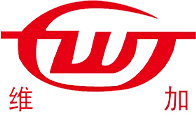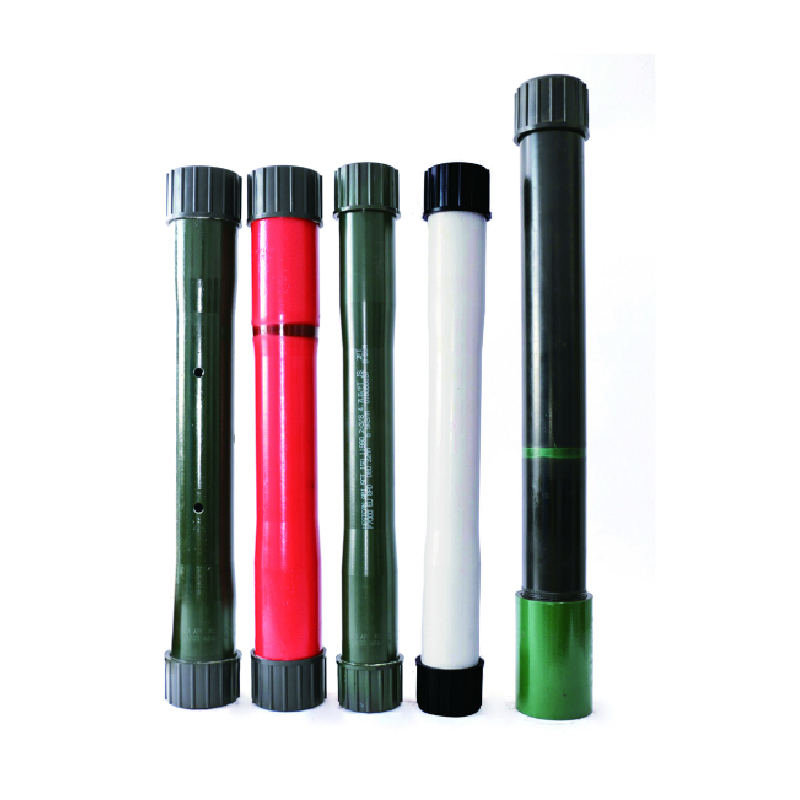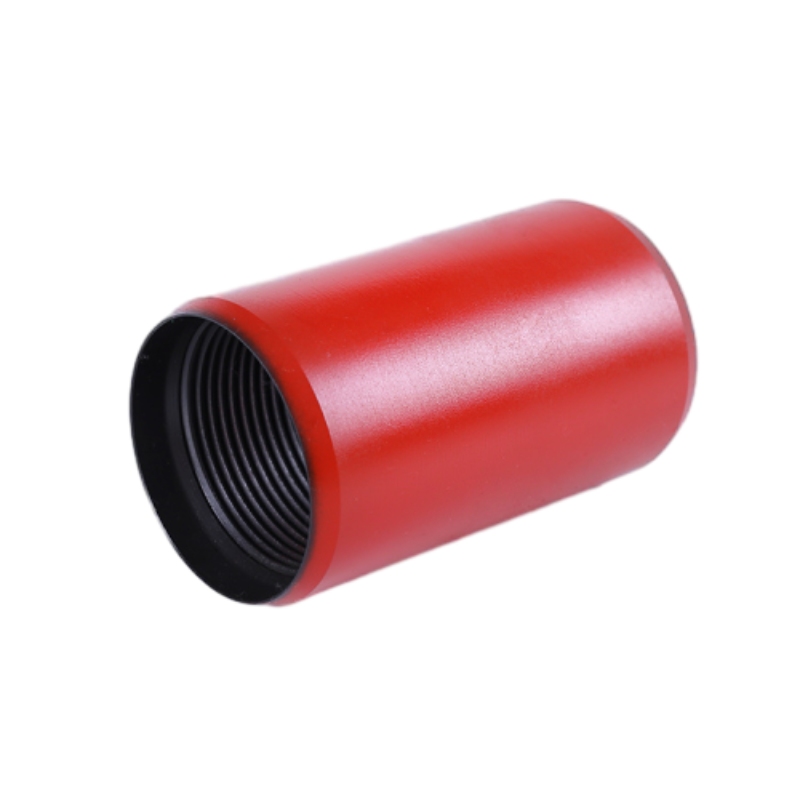Precision Tubing Crossover for Drilling & Pump Seating
Understanding Tubing Crossovers in Energy Operations
In the demanding environments of the oil and gas industry, the integrity and efficiency of downhole tools are paramount. A critical component ensuring seamless integration between varying tubing or casing strings is the tubing crossover. This specialized adapter facilitates a secure and reliable connection, accommodating differences in thread type, size, or pressure rating, which is indispensable for maintaining wellbore integrity and operational safety. From initial drilling phases to production and intervention, the robust design and precise manufacturing of crossovers are vital for preventing leaks, managing pressure differentials, and optimizing fluid flow within the well system.
Modern energy exploration and production increasingly rely on advanced downhole technology. The complexity of multilateral wells, extended-reach drilling, and deepwater operations necessitates components that can withstand extreme temperatures, pressures, and corrosive substances. This has driven significant innovation in the design and material science of the tubing crossover, enhancing its performance and extending its service life in harsh conditions. These tools are not merely connectors; they are engineered solutions that enable advanced drilling techniques, such as those employing a crossover sub drilling assembly or specialized crossover drilling tool configurations, ensuring optimal BHA (Bottom Hole Assembly) functionality.
Industry Trends and Technological Advancements
The petroleum industry is experiencing a continuous drive towards greater efficiency, reliability, and environmental stewardship. This translates into several key trends impacting tubing crossover design and application. Firstly, the demand for higher pressure and temperature (HP/HT) rated equipment is rising as exploration moves into deeper, more challenging reservoirs. Manufacturers are responding by developing crossovers from advanced alloys and employing sophisticated heat treatment processes to enhance material strength and resilience. Secondly, the focus on digitalization and automation is influencing downhole tool design, leading to more intelligent components capable of transmitting data or accommodating integrated sensors.
Another significant trend is the increasing adoption of standardized connection types while simultaneously requiring flexible solutions for legacy systems. This dual demand pushes for versatile crossover designs that can bridge different API thread forms (e.g., EUE, NUE, BTC, LTC) or proprietary connections. Furthermore, the emphasis on mitigating non-productive time (NPT) places a premium on tools with extended service life and easy, reliable installation. Innovations in surface hardening techniques and anti-galling coatings are becoming standard to improve thread life and reduce operational issues during make-up and break-out. The role of drill pipe crossover subs also reflects these trends, particularly in their ability to adapt various drill string components while maintaining structural integrity.

Technical Specifications and Parameters
A tubing crossover is designed with precise technical specifications to ensure compatibility and performance under extreme conditions. Key parameters include material grade, connection types (pin x box), outer diameter (OD), inner diameter (ID), length, pressure rating, and temperature rating. Materials commonly used range from API 5CT specified carbon steels (e.g., J55, K55, N80, L80, P110) to high-alloy steels and corrosion-resistant alloys (CRAs) like Inconel or Duplex Stainless Steel for highly corrosive environments involving H₂S or CO₂.
Connection types are critical and conform to API 5B standards for tubing and casing threads, including but not limited to Non-Upset (NUE), External Upset (EUE), Buttress Thread Casing (BTC), Long Thread Casing (LTC), and Short Thread Casing (STC). Specialized premium connections are also available for enhanced seal integrity and torque capacity in critical applications. The selection of a crossover is heavily dependent on the well design, fluid characteristics, and anticipated downhole conditions, often interfacing with tools such as a pump seating nipple.
Typical Tubing Crossover Product Specifications
| Parameter | Specification / Range |
|---|---|
| Material Grade | API 5CT J55, K55, N80, L80, P110, Q125; CRAs (e.g., 13Cr, S13Cr, Super 13Cr, Inconel 718) |
| Connection Types | API Spec 5B (NUE, EUE, BTC, LTC, STC), Premium Connections (e.g., VAM TOP, Tenaris Hydril) |
| Outer Diameter (OD) | 2-3/8" to 7" (60.3 mm to 177.8 mm) |
| Inner Diameter (ID) | Varies with OD and wall thickness; optimized for flow |
| Length | Short Pup Joint to Custom Lengths (typically 0.6 m to 3.6 m) |
| Pressure Rating | Up to 15,000 psi (103 MPa) or higher for HP/HT applications |
| Temperature Rating | Up to 400°F (204°C) standard, higher for specialized materials |
| Testing Standards | API RP 5A5, API 6A, ISO 9001, NACE MR0175/ISO 15156 |
Manufacturing Process of Tubing Crossovers
The production of a high-quality tubing crossover is a multi-stage process, meticulously controlled to ensure superior strength, dimensional accuracy, and thread integrity. It typically involves:
- Material Selection and Preparation: High-grade seamless pipe or bar stock, compliant with API 5CT or specific metallurgy for CRAs, is chosen. Materials undergo rigorous chemical analysis to verify composition and mechanical testing for yield strength, tensile strength, and hardness.
- Forging (Optional for High-Strength Applications): For certain critical or larger diameter crossovers, forging processes are employed to refine grain structure, eliminate internal defects, and enhance mechanical properties, especially impact toughness.
- Cutting and Pre-Machining: Raw material is cut to precise lengths, and initial machining operations prepare the blanks for threading.
- CNC Machining and Threading: Advanced Computer Numerical Control (CNC) lathes are used for precise machining of the body and, crucially, the threads. This ensures exact adherence to API 5B or premium connection specifications, critical for leak-proof connections under high pressure. Thread inspection includes dimensional checks, pitch diameter, taper, lead, and form.
- Heat Treatment: Depending on the material grade, various heat treatment processes (e.g., normalizing, quenching, tempering) are applied. This optimizes the material's mechanical properties, such as hardness, strength, and ductility, to meet specified performance requirements.
- Surface Treatment and Coatings: To enhance corrosion resistance and prevent galling during make-up, surface treatments like phosphating, copper plating, or specialized friction-reducing coatings are often applied to the threads.
- Non-Destructive Testing (NDT) and Inspection: Each crossover undergoes comprehensive NDT, including magnetic particle inspection (MPI) or ultrasonic testing (UT) for surface and subsurface flaws. Dimensional inspections, hardness testing, and often hydrostatic pressure testing are also performed to verify integrity. All testing adheres to international standards such as ISO and ANSI.
- Marking and Packaging: Compliant products are marked with essential information (manufacturer, material grade, size, serial number) and protected with thread protectors before packaging for transport.
This meticulous process ensures that each tubing crossover meets stringent quality controls, offering a reliable service life even in the most demanding petrochemical applications. The typical service life, when correctly specified and installed, often exceeds 10 years in standard conditions, demonstrating superior corrosion resistance and energy-saving properties by minimizing leaks. Target industries include petrochemical, metallurgy, and even specialized water supply & drainage systems where robust, high-pressure connections are required.
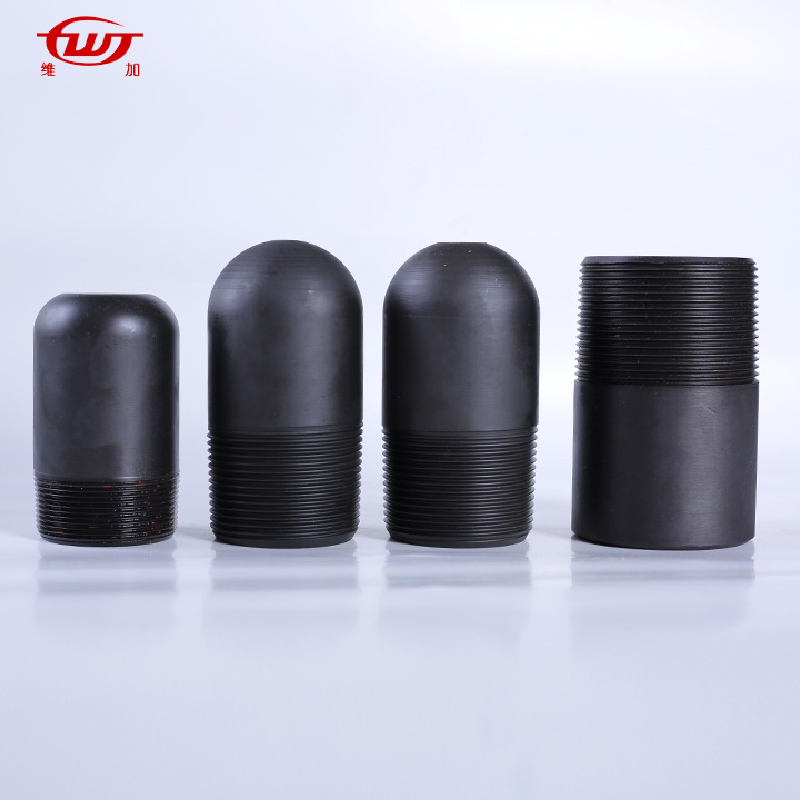
Application Scenarios and Technical Advantages
Tubing crossovers are indispensable across numerous oil and gas operations, providing critical connections in various downhole assemblies. Their primary function is to adapt different thread types or sizes, allowing for the integration of diverse equipment components.
- Drilling Operations: Used to connect components within the Bottom Hole Assembly (BHA), such as drilling motors, measurement-while-drilling (MWD) tools, drill collars, and various sizes of drill pipe. A crossover sub drilling setup often requires multiple adapters to optimize tool string configuration.
- Completion Systems: Integral in connecting production tubing to packers, safety valves, subsurface control devices, and wellhead equipment. They bridge the gap between different tubing string dimensions or thread specifications, ensuring a robust seal for production.
- Workover and Intervention: Essential for connecting coiled tubing, slickline tools, and various fishing or remedial service tools to the existing production tubing or casing string. This versatility prevents delays and enhances operational flexibility.
- Multilateral and Complex Wells: In advanced well designs, crossovers are critical for connecting lateral sections to the main wellbore, managing pressure differentials, and maintaining zonal isolation.
Key Technical Advantages:
- Versatility and Compatibility: Enables seamless connection between disparate equipment, optimizing inventory management and operational flexibility.
- High-Pressure Integrity: Engineered and tested to withstand extreme internal and external pressures, preventing leaks and ensuring well control.
- Corrosion Resistance: Available in various material grades and with specialized coatings, offering excellent resistance to sour gas (H₂S), CO₂, and other corrosive agents prevalent in downhole environments, thereby extending service life and reducing maintenance costs.
- Enhanced Durability and Fatigue Life: Manufactured through precise machining and heat treatment, these components are designed to endure cyclical loading and vibration, crucial for longevity in dynamic downhole conditions.
- Reduced Non-Productive Time (NPT): Reliable connections minimize the risk of failure, fishing operations, and costly workovers, directly contributing to operational efficiency and energy saving.
- Optimized Flow Dynamics: Designed with smooth internal profiles to minimize turbulence and pressure drop, ensuring efficient fluid flow.
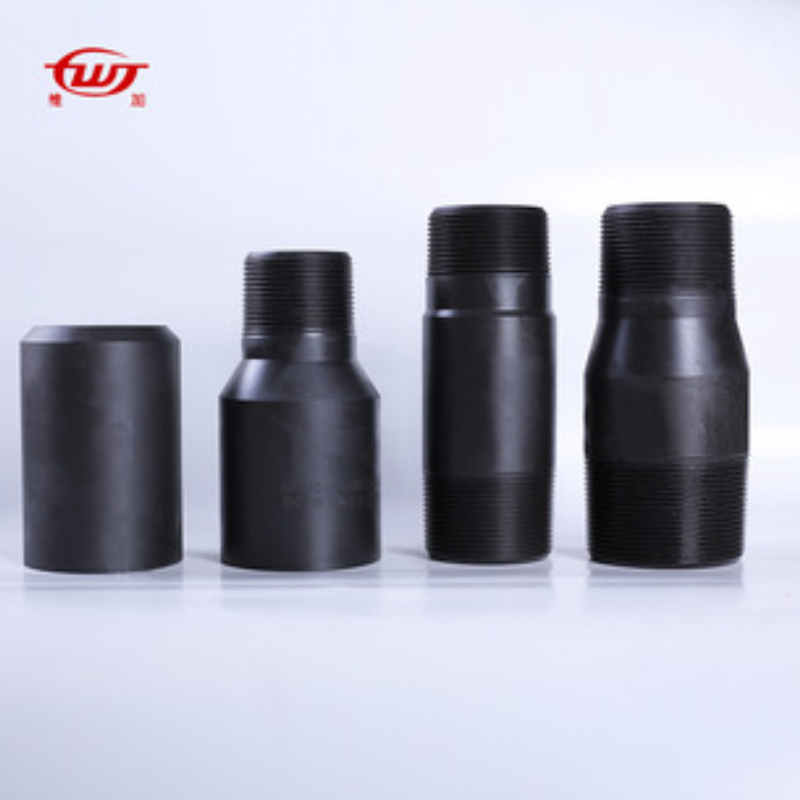
Vendor Comparison and Customized Solutions
When selecting a supplier for tubing crossover products, operators must consider several factors beyond just price. Key differentiators among vendors often include adherence to international standards, material traceability, manufacturing precision, testing capabilities, and the ability to provide customized solutions.
Key Comparison Factors:
- Certifications and Quality Control: Reputable vendors hold ISO 9001 certifications and adhere to API Q1 and API 5CT standards. Look for robust QC systems, including 100% thread gauging, NDT, and hydrostatic testing.
- Material Expertise: Vendors capable of providing a wide range of material grades, including CRAs, demonstrate deeper expertise and can cater to diverse well conditions. Traceability of raw materials is essential.
- Manufacturing Capabilities: State-of-the-art CNC machining and automated threading processes indicate higher precision and consistency.
- Customization Services: The ability to design and manufacture bespoke crossovers for non-standard applications, specific thread combinations, or unique pressure/temperature requirements is a significant advantage. This includes specialized crossover drilling tool adapters.
- Technical Support and After-Sales Service: Comprehensive technical assistance for selection, installation, and troubleshooting, along with transparent warranty policies, build trust.
Customized Solutions:
Many drilling and completion projects encounter unique challenges that off-the-shelf components cannot address. Leading manufacturers offer extensive customization capabilities, working closely with clients to design and produce bespoke tubing crossovers. This can involve:
- Special Thread Combinations: Adapting between non-standard or proprietary connections.
- Specific Lengths and Diameters: Customizing to fit unique toolstring configurations or restricted wellbore spaces.
- Enhanced Material Properties: Utilizing exotic alloys or specialized heat treatments for extreme HP/HT or highly corrosive environments.
- Integrated Features: Incorporating ports for chemical injection, pressure gauges, or specific internal profiles for flow optimization.

Application Case Studies
Real-world applications underscore the critical role of properly engineered tubing crossover components.
Case Study 1: Deepwater HP/HT Well Completion
An operator in the Gulf of Mexico faced challenges completing a deepwater HP/HT well (18,000 psi, 350°F) due to a requirement to transition from a 5-1/2" premium connection casing string to a 4-1/2" production tubing string with a different proprietary premium connection. A custom tubing crossover was engineered from Super 13Cr material, incorporating specific anti-galling coatings and tested to API 6A PR2 standards. The bespoke crossover successfully provided a pressure-tight, robust connection, facilitating safe and efficient installation of the production string and preventing costly NPT associated with connection failures in such extreme conditions. This solution optimized flow assurance and extended the expected service life significantly.
Case Study 2: Geothermal Energy Project
In a geothermal well project, extreme temperatures (up to 500°F) and highly corrosive brines posed significant material challenges. The drilling program required connecting a standard API 4-1/2" BTC drill pipe crossover to a specialized 3-1/2" proprietary corrosion-resistant liner. A custom solution involved a crossover manufactured from Inconel 718, selected for its superior strength and corrosion resistance at elevated temperatures. The crossover was subjected to extensive thermal cycling and material compatibility testing, ensuring its long-term integrity against aggressive geothermal fluids. This allowed the project to proceed with confidence, minimizing equipment degradation and maximizing the energy extraction efficiency.
Frequently Asked Questions (FAQ)
- Q: What is the primary purpose of a tubing crossover?
- A: The primary purpose is to provide a reliable, pressure-tight connection between two strings of tubing or casing that have different thread types, sizes, or pressure ratings, enabling the integration of various downhole components.
- Q: What materials are typically used for crossovers?
- A: Common materials include API 5CT carbon steels (J55, N80, P110) for standard applications and Corrosion-Resistant Alloys (CRAs) like 13Cr, Super 13Cr, or Inconel for sour service, HP/HT, or highly corrosive environments.
- Q: How are tubing crossovers tested for quality?
- A: They undergo rigorous testing including dimensional inspection, thread gauging, magnetic particle inspection (MPI) or ultrasonic testing (UT) for defects, hardness testing, and often hydrostatic pressure testing to verify structural integrity and leak resistance in accordance with API and ISO standards.
- Q: Can crossovers be customized for specific well conditions?
- A: Yes, reputable manufacturers offer extensive customization, including specialized thread combinations, unique lengths, specific material grades, and enhanced surface treatments to meet the exact requirements of challenging well designs.
Lead Time, Warranty, and After-Sales Support
Understanding the logistical and support frameworks is crucial for B2B procurement decisions.
- Lead Time & Fulfillment: Standard tubing crossover products are typically available with lead times ranging from 2-4 weeks, depending on stock levels and material availability. Custom-engineered solutions may require 6-12 weeks for design, material sourcing, manufacturing, and testing. Expedited options are often available for urgent requirements.
- Warranty Commitment: All products come with a standard 12-month warranty from the date of shipment or 6 months from installation, whichever comes first, covering defects in material and workmanship. Extended warranty options can be negotiated for large projects or specific applications.
- Customer Support: Comprehensive after-sales support includes technical consultation, troubleshooting assistance, and spare parts availability. Our team of experienced engineers is available to provide on-site or remote support to ensure optimal product performance and customer satisfaction.
Conclusion
The tubing crossover is far more than a simple connector; it is a meticulously engineered component critical to the safety, efficiency, and longevity of oil and gas well operations. Its ability to adapt diverse downhole equipment, withstand extreme conditions, and contribute to overall system integrity makes it an indispensable asset in modern energy production. As the industry continues to push the boundaries of exploration and production, the demand for advanced, highly reliable crossover solutions will only grow, driving further innovation in material science, manufacturing precision, and customizable design.
References
- API Specification 5CT, Specification for Casing and Tubing, American Petroleum Institute.
- API Recommended Practice 5B1, Gauging and Inspection of Casing, Tubing, and Line Pipe Threads, American Petroleum Institute.
- ISO 9001:2015, Quality management systems – Requirements, International Organization for Standardization.
- NACE MR0175/ISO 15156, Petroleum and natural gas industries – Materials for use in H2S-containing environments in oil and gas production, National Association of Corrosion Engineers.
- SPE Journal, Society of Petroleum Engineers, various articles on downhole tools and materials science.
-
Tubing Crossover - API Compatible, Custom Sizes, In StockNewsNov.10,2025
-
Tubing Coupling | High-Strength, Leak-Proof Steel CouplingsNewsNov.10,2025
-
Wholesale API Threading Casing Coupling | API 5CT, Fast ShipNewsNov.10,2025
-
Pup Joint Supplier | API Certified, Custom, Quick ShipNewsNov.10,2025
-
Pup Joint Manufacturers | Precision Machined, Fast DeliveryNewsNov.10,2025
-
Tubing Coupling | Precision Steel, Leak-Proof, Fast DeliveryNewsNov.03,2025
